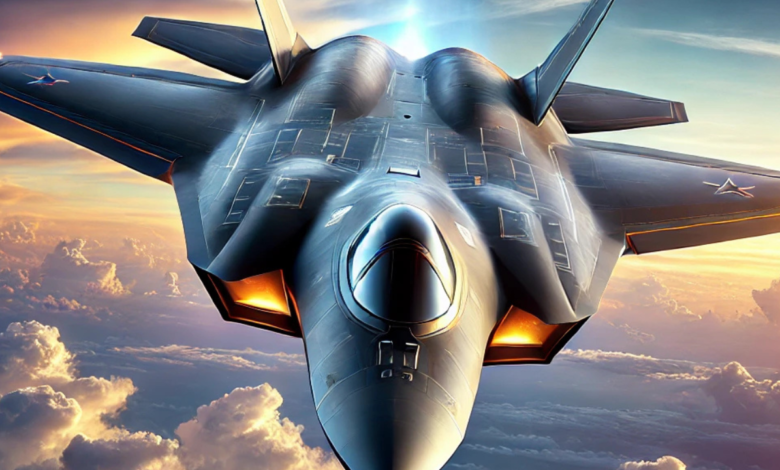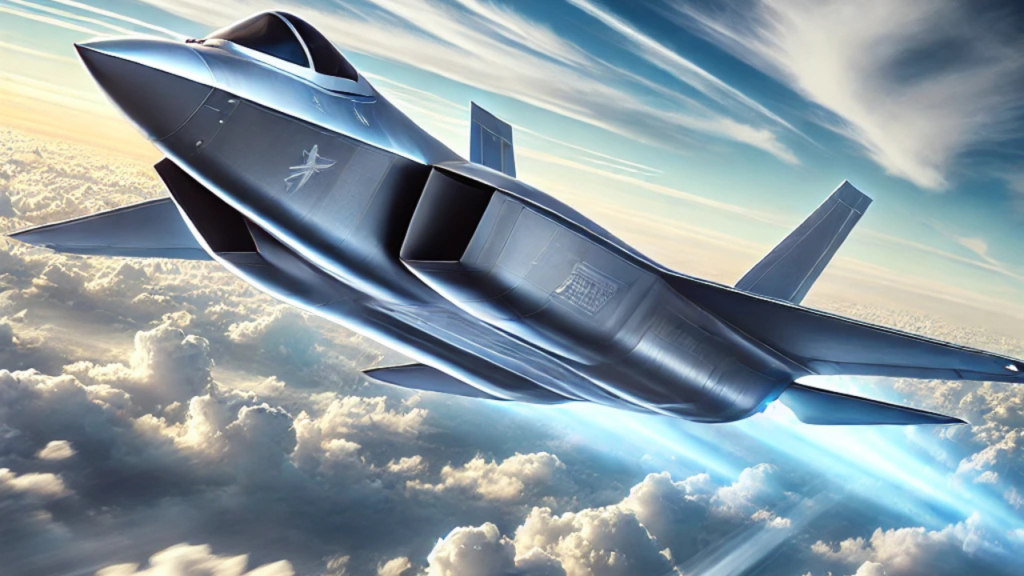The Next-Generation Stealth Fighter: Unveiling the Shenyang FC-31

Introduction
The Shenyang FC-31, also known as the “Gyrfalcon,” represents China’s ambitious foray into the realm of fifth-generation stealth fighter jets. shenyang fc-31 Developed by the Shenyang Aircraft Corporation, the FC-31 is designed to bolster China’s military capabilities and compete with advanced aircraft like the American F-35 and Russian Su-57. First unveiled in 2012 at the Zhuhai Airshow, the FC-31 has undergone significant advancements, highlighting China’s rapid progress in aviation technology.
This article dives into the evolution, technical features, strategic implications, and challenges surrounding the FC-31. Understanding its development sheds light on the shifting dynamics of global defense and the growing role of China in military aviation.
The Evolution of China’s Stealth Aircraft Program
China’s journey into stealth fighter development has been marked by rapid advancements and strategic intent. The Shenyang FC-31 is a testament to China’s dedication to closing the technological gap with Western and Russian aviation.
From J-20 to FC-31
The FC-31 follows the Chengdu J-20, China’s first fifth-generation fighter jet. While the J-20 is a larger, long-range interceptor optimized for air dominance, the FC-31 serves a different purpose. It is a smaller, more agile multirole fighter, with an emphasis on export potential and carrier-based operations. Together, these aircraft demonstrate the diversification of China’s aerial capabilities.
Strategic Goals
The development of the FC-31 is not just about military strength but also about projecting technological prowess. By creating a versatile fighter jet with stealth features, China aims to challenge the dominance of the U.S. and Russia in the global arms market. The FC-31 is also a response to increasing regional tensions in Asia, ensuring that China remains a formidable force in modern warfare.
Design and Technical Features of the Shenyang FC-31

The Shenyang FC-31 is packed with cutting-edge features that make it a formidable contender in the fifth-generation fighter category. From its stealthy design to advanced avionics, the FC-31 reflects China’s technological capabilities.
Airframe and Stealth Capabilities
The FC-31’s design emphasizes reduced radar cross-section (RCS) through the use of composite materials and an angular structure. The twin-engine configuration enhances maneuverability and safety, while its sleek airframe ensures lower visibility to radar detection. These stealth features are crucial for survival in contested airspaces.
Avionics and Electronics
Equipped with modern avionics, the FC-31 boasts an advanced cockpit with a wide-angle holographic display. Sensors, data links, and artificial intelligence enhance situational awareness and targeting precision. The jet’s integration of networked warfare systems allows it to operate seamlessly in coordinated missions.
Powerplant and Propulsion
The FC-31 is powered by twin engines, which provide the thrust required for supersonic speeds and agile maneuvers. However, engine performance has been a persistent challenge, with earlier prototypes relying on Russian RD-93 engines. Recent developments suggest China is working on indigenous WS-19 engines to enhance the aircraft’s capabilities.
Armament and Payload
The FC-31’s internal weapon bays can house a variety of munitions, including air-to-air missiles, precision-guided bombs, and anti-ship missiles. This multirole capacity makes it suitable for diverse combat scenarios. Additionally, external hardpoints allow for increased payload when stealth is less critical.
Strategic Role and Global Implications
The FC-31’s development goes beyond technological advancements; it has significant strategic and geopolitical implications. Its intended roles and export potential highlight China’s ambitions in reshaping global defense markets.
Operational Roles
As a multirole fighter, the FC-31 is designed for versatility. It can perform air-to-air combat, ground attacks, and reconnaissance missions. Moreover, its potential adaptation for carrier-based operations could enhance China’s naval aviation capabilities, furthering its blue-water navy ambitions.
Comparison with International Fighters
The FC-31 is often compared to the American F-35 and the Russian Su-57. While it shares stealth features and multirole capabilities, it is marketed as a more cost-effective alternative. This positions the FC-31 as an attractive option for nations unable to afford the F-35 or seeking to diversify their defense procurements.
Export Potential
China aims to market the FC-31 globally, making it a key player in the international arms trade. Its affordability, combined with advanced features, appeals to countries seeking modern fighters without the high costs associated with Western alternatives. This could shift power dynamics, particularly in regions like the Middle East and Southeast Asia.
Challenges and Future Prospects
Despite its potential, the Shenyang FC-31 faces several hurdles that could impact its success and deployment.
Development Hurdles
Engine performance remains a critical issue for the FC-31. Reliable and powerful engines are essential for achieving sustained stealth performance and agility. Additionally, the high costs of development and production pose challenges for scalability.
Potential Upgrades
Future variants of the FC-31 may include improved stealth coatings, enhanced sensors, and upgraded engines. Integrating artificial intelligence and unmanned capabilities could further increase its competitiveness. Such upgrades would align the FC-31 with evolving warfare demands.
Long-term Vision
China envisions the FC-31 as a cornerstone of its future aerial strategy. Beyond manned operations, the aircraft could serve as a platform for advanced unmanned systems. Collaborative opportunities with allied nations might also emerge, expanding its influence in global defense.
Conclusion
The Shenyang FC-31 represents a significant milestone in China’s journey toward military modernization and technological self-reliance. With its stealth capabilities, multirole versatility, and export potential, the FC-31 is poised to challenge established players in the global defense market. While challenges remain, its development underscores China’s determination to assert itself as a leader in aviation technology.
As the FC-31 evolves, it could redefine power dynamics in both regional and global contexts, shaping the future of aerial combat and international defense strategies.
FAQs
What is the Shenyang FC-31 designed for?
The FC-31 is a multirole stealth fighter designed for air-to-air combat, ground attacks, and reconnaissance missions.
How does the FC-31 compare to the F-35?
The FC-31 offers similar stealth and multirole capabilities but is marketed as a more affordable alternative to the F-35.
Is the FC-31 operational?
The FC-31 is still under development and testing, with plans for potential deployment in the near future.
What makes the FC-31 unique?
Its combination of stealth, affordability, and exportability sets it apart from other fifth-generation fighters.
What challenges does the FC-31 face?
The FC-31’s development faces hurdles like engine performance issues, high production costs, and stiff competition in the global market.



